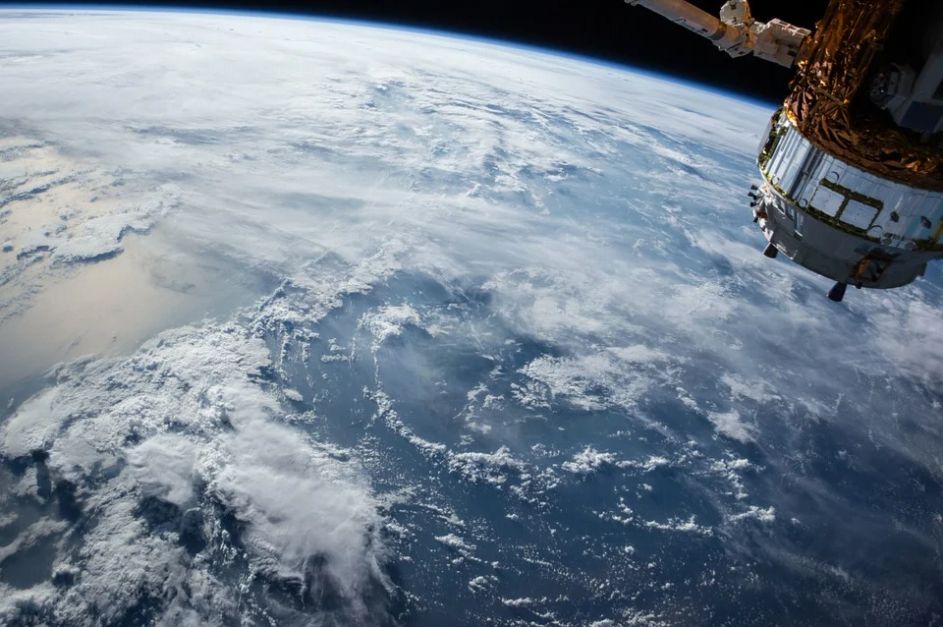Revenues from technical solutions of Belarus' space system exceed its costs by $27m
11:23, 23 July

Photo: pixabay.com
Revenues from the technical solutions of the Belarusian space system for earth remote sensing have exceeded the cost of its development and operation by more than $27 million, Chairman of the Presidium of the National Academy of Sciences of Belarus (NASB) Vladimir Gusakov said in an interview with BelTA.
- Share on Facebook
- Share on VK
- Share on Twitter
12 July marked the eighth anniversary of the Belarusian satellite for earth remote sensing in the near-Earth orbit. “As of June 2020, revenues of Belarusian enterprises and organizations from the use of technical solutions developed as part of the Belarusian space system of remote sensing project exceeded the cost of its development and operation by more than $27 million,” said Vladimir Gusakov.
The Belarusian space system for earth remote sensing has prompted the development of many related industries in the country. The production of optoelectronic machine building (Peleng), microelectronic components (Integral), software, materials and components for space systems (National Academy of Sciences) have reached a new technical and technological level.
Belarusian space images are used by more than 20 enterprises and organizations of 11 national state administration bodies of the country. Information from the Belarusian satellite is used in Belarus to ensure national security, to monitor natural and man-made emergencies, to study the condition and forecast development of natural landscapes, agriculture, to register state land cadastre, to design, reconstruct and construct roads. “Space imagery forms the basis for the development of topographic and navigation maps and is widely used in geological exploration and aerospace education. We can say that space data are the basis for many information technologies,” said the chairman of the NASB Presidium.
“Space images from the Belarusian satellite are in demand among foreign consumers. The most fruitful cooperation is developing with Russia and Kazakhstan,” added Vladimir Gusakov.
The head of state made the decision to develop a satellite and the Belarusian space system for earth remote sensing in 2003. The Belarusian satellite was successfully launched into orbit on 12 July 2012 from Baikonur Cosmodrome. It joined the constellation of satellites together with the Russian Canopus-B No.1. In January 2020, the National Academy of Sciences of Belarus and the state corporation Roskosmos signed an agreement on expanding the capabilities of this group with Russia's Canopus-B No.3, 4, 5, 6 and Canopus-B-IK.






